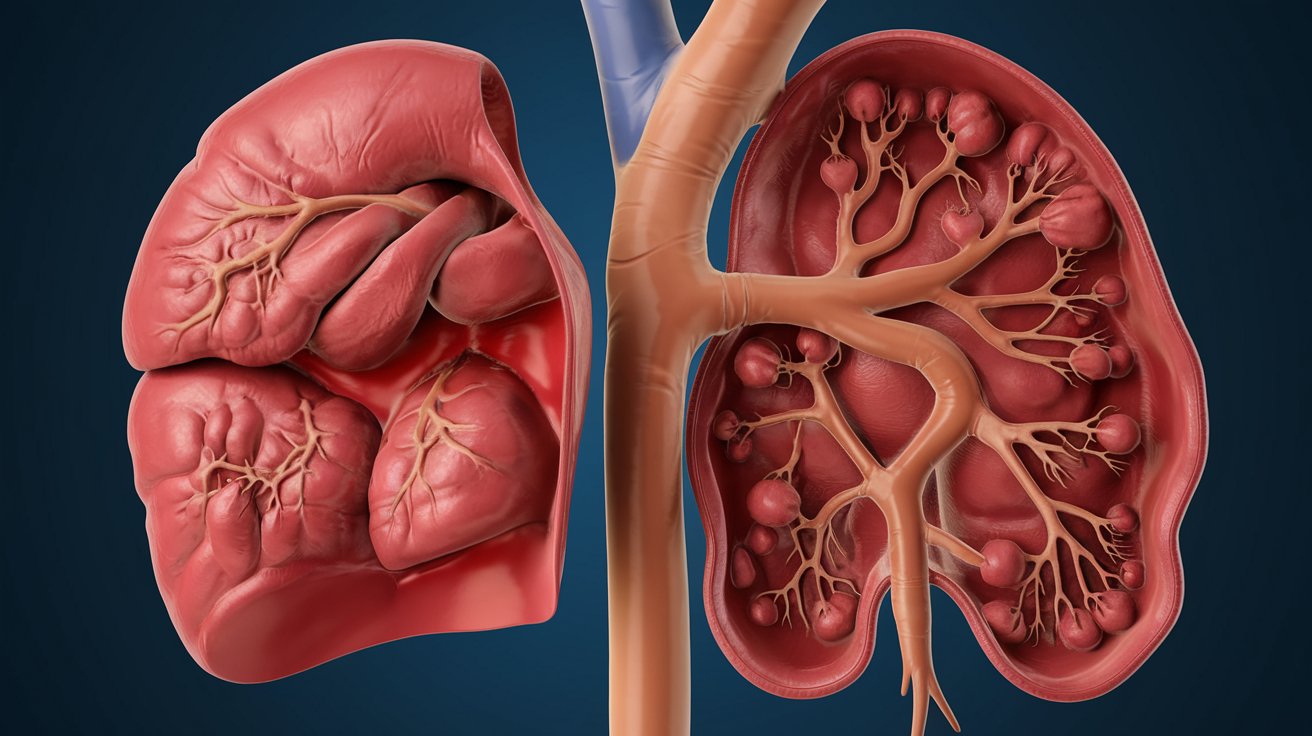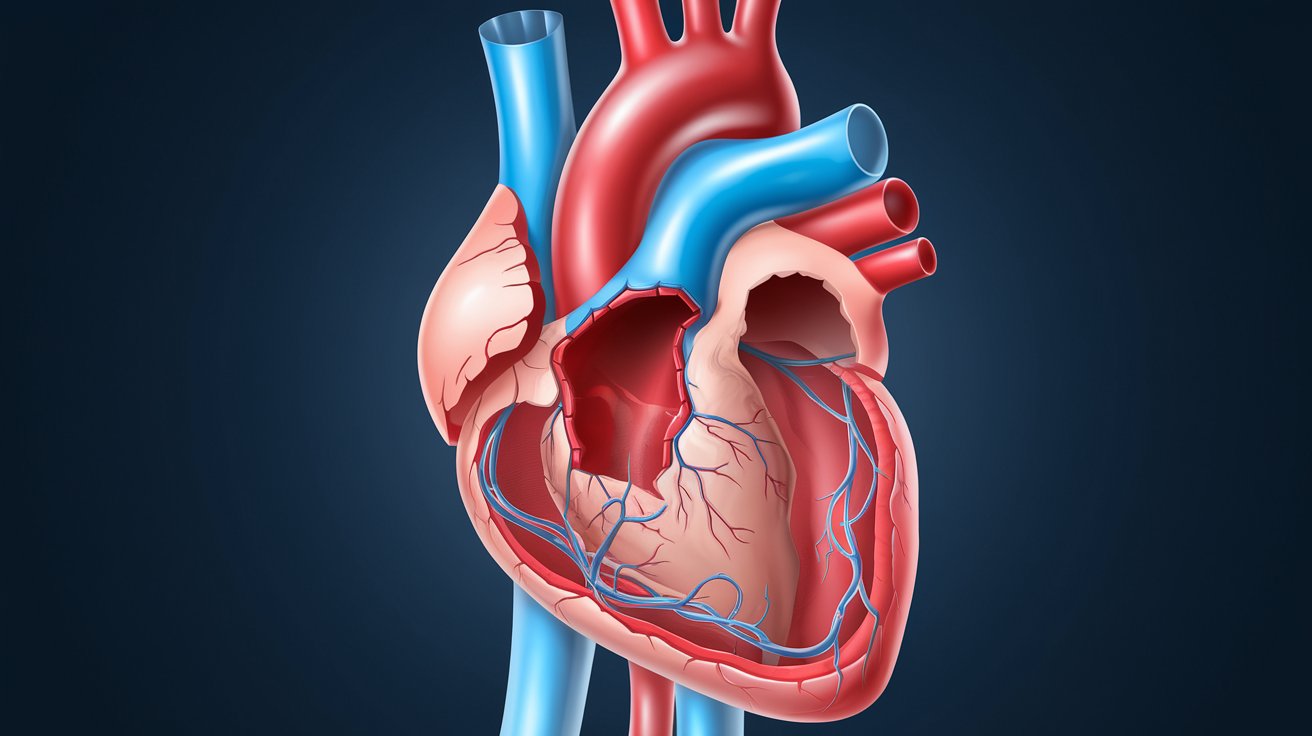
Congenital aneurysms of the great vessels are rare but significant medical conditions. These aneurysms occur when a section of a major blood vessel, such as the aorta, becomes abnormally enlarged due to a weakness in the vessel wall present from birth. Understanding congenital aneurysms is crucial because they can lead to serious complications like rupture or dissection, which are life-threatening. Early detection and management are vital for improving outcomes. This article will provide 30 essential facts about congenital aneurysms, covering their causes, symptoms, diagnosis, and treatment options. Whether you're a medical student, a concerned parent, or just curious, these facts will help you grasp the basics of this complex condition.
Key Takeaways:
- Congenital aneurysms of the great vessels are rare bulges in major arteries present from birth. Early detection and proper treatment are crucial for managing these serious conditions.
- Symptoms can vary widely, from none at all to severe complications like rupture. Understanding risk factors and potential complications can help in managing congenital aneurysms more effectively.
What Are Congenital Aneurysms Of The Great Vessels?
Congenital aneurysms of the great vessels are rare but serious conditions. They involve abnormal bulging in the walls of major arteries present from birth. Understanding these aneurysms can help in early detection and treatment.
- Congenital aneurysms are present at birth, unlike acquired aneurysms that develop later in life.
- These aneurysms can occur in any of the great vessels, including the aorta, pulmonary artery, and major branches.
- The exact cause of congenital aneurysms is often unknown, but genetic factors may play a role.
- They are more common in males than females.
- Symptoms can vary widely, from none at all to severe complications like rupture.
- Diagnosis often involves imaging techniques such as ultrasound, CT scans, or MRI.
- Treatment options include careful monitoring, medication, or surgery, depending on the aneurysm's size and location.
Symptoms and Diagnosis
Recognizing the symptoms and getting a proper diagnosis is crucial for managing congenital aneurysms. Here are some key points about symptoms and diagnostic methods.
- Many congenital aneurysms are asymptomatic and discovered incidentally during imaging for other conditions.
- When symptoms do occur, they may include chest pain, shortness of breath, or a pulsating feeling in the abdomen.
- In severe cases, symptoms can mimic those of a heart attack.
- Echocardiography is a common non-invasive diagnostic tool used to visualize aneurysms.
- CT angiography provides detailed images and is often used to plan surgical interventions.
- MRI is another imaging option that offers excellent soft tissue contrast without radiation exposure.
- Genetic testing may be recommended if a hereditary condition is suspected.
Risk Factors and Complications
Understanding the risk factors and potential complications can help in managing congenital aneurysms more effectively.
- Family history of aneurysms or connective tissue disorders increases the risk.
- Certain genetic conditions, like Marfan syndrome and Ehlers-Danlos syndrome, are associated with higher aneurysm risk.
- High blood pressure can exacerbate the growth of an aneurysm.
- Smoking is a significant risk factor for aneurysm development and rupture.
- Complications can include rupture, which is life-threatening and requires immediate medical attention.
- Thrombosis, or blood clot formation within the aneurysm, is another potential complication.
- Aneurysms can also compress nearby structures, leading to symptoms like difficulty swallowing or hoarseness.
Treatment and Management
Effective treatment and management strategies are essential for improving outcomes in patients with congenital aneurysms.
- Small, asymptomatic aneurysms may only require regular monitoring with periodic imaging.
- Beta-blockers and other medications can help manage blood pressure and reduce stress on the aneurysm wall.
- Surgical options include open repair, where the aneurysm is removed and the vessel is reconstructed.
- Endovascular repair is a less invasive option involving the placement of a stent graft within the aneurysm.
- The choice of treatment depends on factors like aneurysm size, location, and patient health.
- Lifelong follow-up is often necessary to monitor for recurrence or complications.
- Lifestyle changes, such as quitting smoking and managing blood pressure, are crucial for preventing aneurysm growth.
Prognosis and Research
The prognosis for congenital aneurysms varies, but ongoing research offers hope for better treatments and outcomes.
- Early detection and appropriate treatment significantly improve the prognosis for congenital aneurysms.
- Research is ongoing to understand the genetic basis of these aneurysms and develop targeted therapies.
Final Thoughts on Congenital Aneurysms
Congenital aneurysms of the great vessels are rare but serious conditions. Understanding these aneurysms helps in early detection and better management. They can affect anyone from infants to adults, making awareness crucial. Symptoms might be subtle, like shortness of breath or chest pain, but they shouldn't be ignored. Regular check-ups and imaging tests can catch these aneurysms early. Treatment options range from monitoring to surgery, depending on size and risk. Advances in medical technology have improved outcomes significantly. Remember, knowledge is power. Staying informed about congenital aneurysms can save lives. If you or someone you know has symptoms, consult a healthcare professional. Early intervention can make a huge difference. Stay vigilant, stay healthy.
Frequently Asked Questions
Was this page helpful?
Our commitment to delivering trustworthy and engaging content is at the heart of what we do. Each fact on our site is contributed by real users like you, bringing a wealth of diverse insights and information. To ensure the highest standards of accuracy and reliability, our dedicated editors meticulously review each submission. This process guarantees that the facts we share are not only fascinating but also credible. Trust in our commitment to quality and authenticity as you explore and learn with us.


